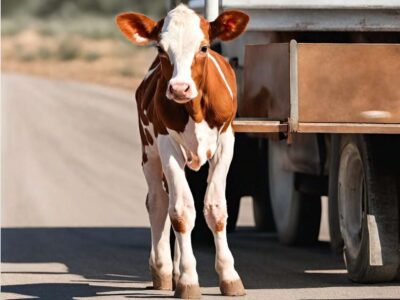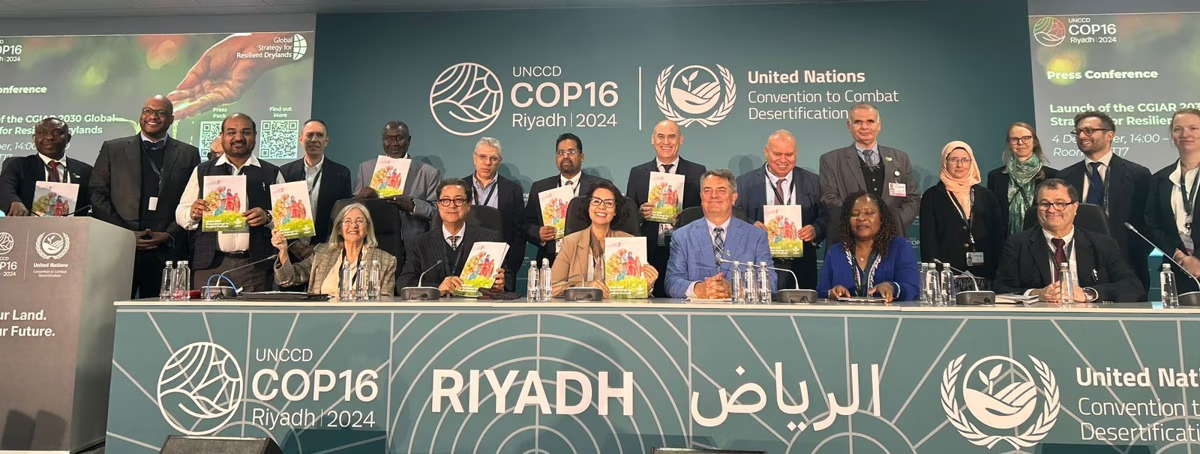



Assessing calves’ response to long-distance transportation

The beef sector plays an important role as a secondary market for the dairy industry, with the EU standing out as a major global producer. Generally, unweaned non-replacements dairy calves are collected from different farms and transported over long journeys to a reception center, and then to the fattening facilities. These calves, transported during their first few weeks of life, are exposed to stressful handling practices, deprivation of food and water, and changes in temperatures.
Given their underdeveloped gastrointestinal tract and immune system, these calves are more susceptible to diseases, especially respiratory and digestive ones. This abstract explores some of the current practices to address these challenges, outlining the potential benefits for both calf welfare and industry productivity.
The study
Although animal welfare requirements linked to transport are regulated by the EU, low standard practices may still occur. Monitoring the hematological response of calves to transportation can provide valuable information for improving animal management and transportation conditions, as well as for early identification of calves at a higher risk of disease onset. This, in turn, can mitigate the risk of poor performance at the fattening facilities.
A recent study evaluated the effect of transportation on calves' blood parameters. We collected samples at the reception center and at the fattening facilities, after 12 hours of transportation. Four hours prior to departure, calves were fed milk replacer and had access to water inside the truck during the rest hour (after 9 hours of travel). Temperature was monitored throughout the journey and straw for bedding was provided.
Conclusion
When comparing blood parameters between samples collected at the reception center and those collected at the fattening facilities, no major differences were observed on indicators of energy metabolism, muscle injury/fatigue, stress, or immunological state. Although mild symptoms of dehydration and hypoglycemia were noticed. These findings suggest that the transportation of calves under the conditions of this study did not cause remarkable alterations in the health of the animals beyond the effects of a 16-hour fast. This indicates that the management guidelines followed at the reception center and during transportation were appropriate.
Practical recommendations
Taking into account these results and considering the EU legislation (Council Regulation (EC) No 1/2005 of 22 December 2004 on the protection of animals during transport and related operations and amending) about the transport of unweaned calves, to minimize the potential welfare consequences of transport, it is advised to follow these recommendations:
- Minimise Extended Transportation: To maintain animal welfare standards, extended transportation of animals should be minimised whenever feasible.
- Ensure Optimal Health: Calves must be in optimal health and fitness for their intended journey, free from pain, severe wounds, late-stage pregnancy, recent birth, and age restrictions.
- Verify Fitness for Transport: Animals should be deemed fit for transport before departure, considering age at transport (at least 14 days old) and the provision of colostrum to support immunity in the hours after birth.
- Limit Journey Duration: The journey duration for calves should not exceed 8 hours to reduce the risks associated with stress, dehydration, and exhaustion; journey breaks allowing drinking and resting, mitigate the welfare consequences of the journey.
- Maintain Adequate Conditions in the Vehicle: Ensure adequate ventilation and temperature, as well as sufficient space. The provision of fresh bedding to allow resting is advisable.
- Promote Good Practices: The establishment and maintenance of proper facilities, avoiding loading during hot hours, as well as education and training of handlers, are recommended as preventive measures to improve good practices in livestock production.
Read more here.
The HoloRuminant project, funded by the European Union’s Horizon 2020 research and innovation program, aims to enhance our understanding of ruminant-associated microbiomes and their impact on animal health and production efficiency.


